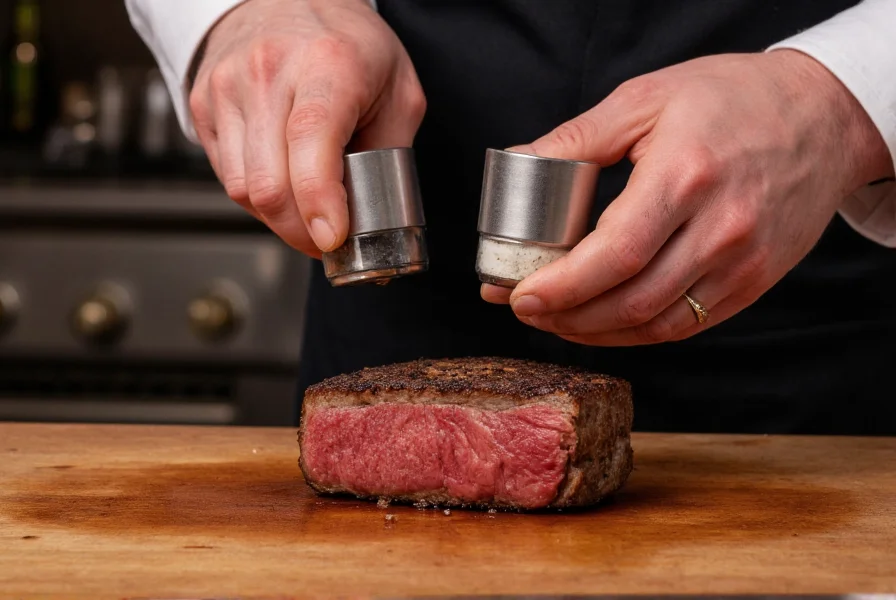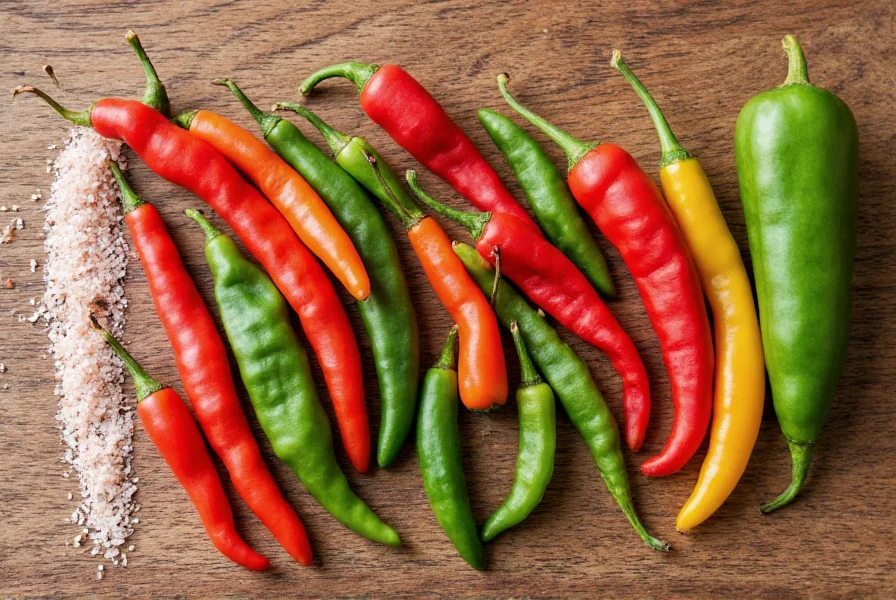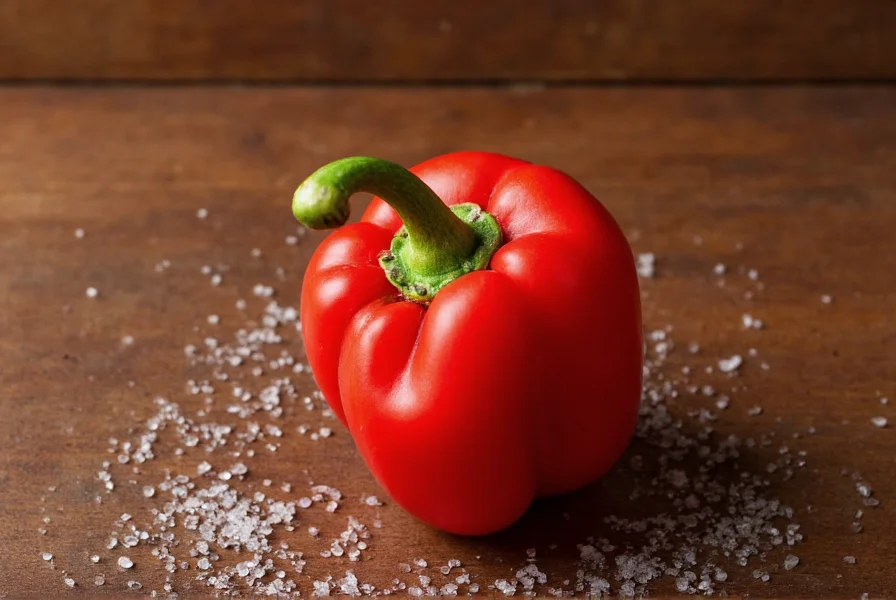Understanding the relationship between salt and pepper transforms ordinary cooking into exceptional culinary experiences. These two seasonings have been kitchen staples for centuries, but their proper application involves more nuance than many home cooks realize. Let's explore why these seasonings work so well together and how to use them effectively.
The Science Behind Salt and Pepper Synergy
Salt and pepper interact with our taste receptors in fundamentally different ways. Salt (sodium chloride) primarily activates our taste buds' sodium ion channels, enhancing overall flavor perception. In contrast, black pepper's active compound, piperine, stimulates our trigeminal nerve, creating that familiar warming sensation.
Research shows that salt actually amplifies our ability to detect other flavors, including the complex aromatic compounds in freshly ground pepper. This is why properly seasoned dishes seem more flavorful—the salt isn't just adding its own taste but making all other flavors more pronounced.

Historical Context of the Dynamic Duo
The pairing of salt and pepper has deep historical roots. Salt has been valued since ancient times for preservation and flavor, while black pepper was so prized in medieval Europe it was often used as currency—earning the nickname "black gold."
During the Age of Exploration, European powers competed fiercely for control of spice routes that delivered both salt (from coastal evaporation ponds) and pepper (from Southeast Asia). This historical connection cemented their place as the foundational seasonings in Western cuisine.
Proper Technique: Why Sequence Matters
Professional chefs emphasize that when you add salt and pepper matters as much as how much you use:
- Salt early: Adding salt during cooking helps it penetrate ingredients and enhances flavor development
- Pepper late: Adding freshly ground pepper near the end preserves its volatile aromatic compounds
- Adjust incrementally: Season in stages, tasting as you go for balanced results
| Cooking Stage | Salt Application | Pepper Application |
|---|---|---|
| Beginning | Add 50-60% of total salt | Avoid (heat degrades flavor) |
| Middle | Add 20-30% as needed | Avoid |
| Final 5 minutes | Adjust remaining salt | Add freshly ground pepper |
| Plating | Finishing salt (optional) | Extra grind for aroma (optional) |
Common Seasoning Mistakes to Avoid
Many home cooks make these critical errors when using salt and pepper together:
- Using pre-mixed shakers: This prevents proper sequencing and creates inconsistent ratios
- Adding pepper too early: Heat destroys pepper's delicate aromatic compounds
- Using old, stale pepper: Pre-ground pepper loses 50% of its flavor within 30 minutes
- Not tasting between seasons: Results in over or under-seasoned dishes
Different Peppers, Different Results
Not all peppers work equally well with salt. Understanding these differences elevates your seasoning game:
- Black pepper: Classic pairing with salt; adds sharp heat and complex floral notes
- White pepper: More earthy, less complex; better for light-colored sauces where black specks are undesirable
- Cubeb pepper: Adds subtle berry notes that complement salt in meat dishes
- Sichuan pepper: Creates a unique tingling sensation that interacts differently with salt

Practical Applications Across Cuisines
Different culinary traditions have mastered the salt-pepper relationship in distinctive ways:
- French cuisine: Uses coarse sea salt and freshly cracked pepper separately, often finishing with flaky salt
- Italian cooking: Typically adds salt during cooking but reserves pepper for finishing, especially with tomato-based dishes
- Indian cuisine: Often uses black pepper with rock salt (sendha namak) in specific vegetarian preparations
- American barbecue: Employs the "salt early, pepper late" principle with coarse salts and freshly cracked pepper
Mastering the Balance
The perfect salt-to-pepper ratio depends on multiple factors including the dish type, cooking method, and personal preference. As a general guideline:
- For meats: 3 parts salt to 1 part pepper by volume
- For vegetables: 4 parts salt to 1 part pepper
- For soups and sauces: 5 parts salt to 1 part pepper
Remember that these are starting points—always adjust based on tasting. The goal isn't a fixed ratio but balanced seasoning where neither overwhelms the other or the main ingredients.
Frequently Asked Questions
Should I use the same salt and pepper for all dishes?
No, different dishes benefit from specific salt and pepper combinations. Use flaky sea salt and Tellicherry pepper for finishing steaks, fine kosher salt with regular black pepper for baking, and smoked salt with chipotle pepper for barbecue. Matching your seasonings to the dish enhances rather than overwhelms the natural flavors.
Why does freshly ground pepper taste better than pre-ground?
Freshly ground pepper contains higher concentrations of volatile aromatic compounds that evaporate quickly after grinding. Studies show pre-ground pepper loses approximately 50% of its flavor compounds within 30 minutes of grinding. The essential oils responsible for pepper's complex flavor profile—caryophyllene, pinene, and limonene—are particularly sensitive to oxidation.
Can I substitute other peppers for black pepper when seasoning with salt?
Yes, but adjust quantities accordingly. White pepper requires about 25% more than black pepper to achieve similar heat levels. Sichuan pepper shouldn't replace black pepper entirely but can complement it at a 1:3 ratio. Pink peppercorns provide a different flavor profile and work best when used at half the quantity of black pepper. Always consider how alternative peppers interact with salt's flavor-enhancing properties.
Does the type of salt affect how pepper works with it?
Absolutely. Coarse salts like sea salt or kosher salt dissolve more slowly, creating pockets of intense flavor that interact differently with pepper than fine table salt. Mineral-rich salts like Himalayan pink salt contain trace elements that subtly alter how we perceive pepper's heat. For most applications, kosher salt provides the ideal balance of dissolution rate and clean flavor to complement freshly ground pepper.











 浙公网安备
33010002000092号
浙公网安备
33010002000092号 浙B2-20120091-4
浙B2-20120091-4